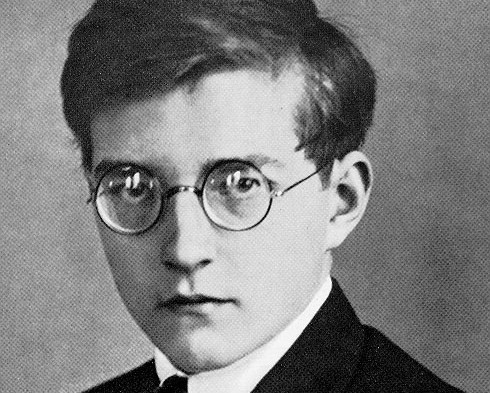
Dmitri Shostakovich "'March' from the Suite for Variety Orchestra"
— Satire and Swagger in a Semi-Official National Anthem
Dmitri Shostakovich’s “March” from the Suite for Variety Orchestra stands apart from his more serious symphonic works.
It’s light, whimsical, and seemingly celebratory—but underneath its bright surface lies a sharp undercurrent of satire, irony, and social commentary that reflects the complexities of life in 20th-century Soviet Russia.
Background
The Suite for Variety Orchestra is an unusual entry in Shostakovich’s catalogue.
The exact date of its composition remains unclear, and it was never published or performed under that title during the composer’s lifetime.
In fact, it is widely believed that the version known today was assembled after Shostakovich’s death by his students and musicologists, using material from his earlier works for film, theater, and other incidental music.
The suite consists of eight movements, with the “March” (the first piece) becoming by far the most well-known.
It is frequently performed on its own and has taken on a life of its own in concert halls, media, and pop culture.
Musical Characteristics
The march opens with a bold brass fanfare and bouncing percussion, immediately conjuring the feeling of a film score or satirical stage production.
While it radiates confidence and pomp on the surface, there’s something deliberately over-the-top and performative about it—as if it’s poking fun at the very idea of official pageantry.
The melody is simple and catchy, but beneath its cheerfulness are harmonic quirks, sudden modulations, and rhythmic exaggerations that introduce a sense of dissonance and absurdity.
This is classic Shostakovich: music that plays with the listener’s expectations, blending humor and discomfort in equal measure.
Use in Film and Media
The march gained renewed international attention when it was featured in Stanley Kubrick’s 1999 film Eyes Wide Shut.
Its use in the movie gave the piece a haunting, ambiguous tone that matched Kubrick’s cinematic vision perfectly.
Beyond film, the piece has appeared in television commercials, comedy shows, and online videos—often serving as background music for scenes with irony, satire, or exaggerated drama.
As a result, many people recognize the tune even if they’re unaware of its origins.
A Glimpse into Shostakovich’s Hidden Voice
On the surface, this march is bright and cheerful.
But listen closely, and one can sense the tension between the state’s demand for formal celebration and the artist’s personal anxieties or inner resistance.
Shostakovich lived under constant scrutiny during Stalin’s rule, often walking a fine line between state approval and private dissent.
This duality is part of what makes the march—and much of his output—so fascinating.
Conclusion
Shostakovich’s “March” from the Suite for Variety Orchestra is light-hearted, elegant, and fun—but far from superficial.
It reveals the composer’s mastery of musical satire and subtle commentary, wrapped in the shiny packaging of a parade tune.
Even today, it continues to entertain, confuse, and provoke, reminding us that music can be both a mirror and a mask.
